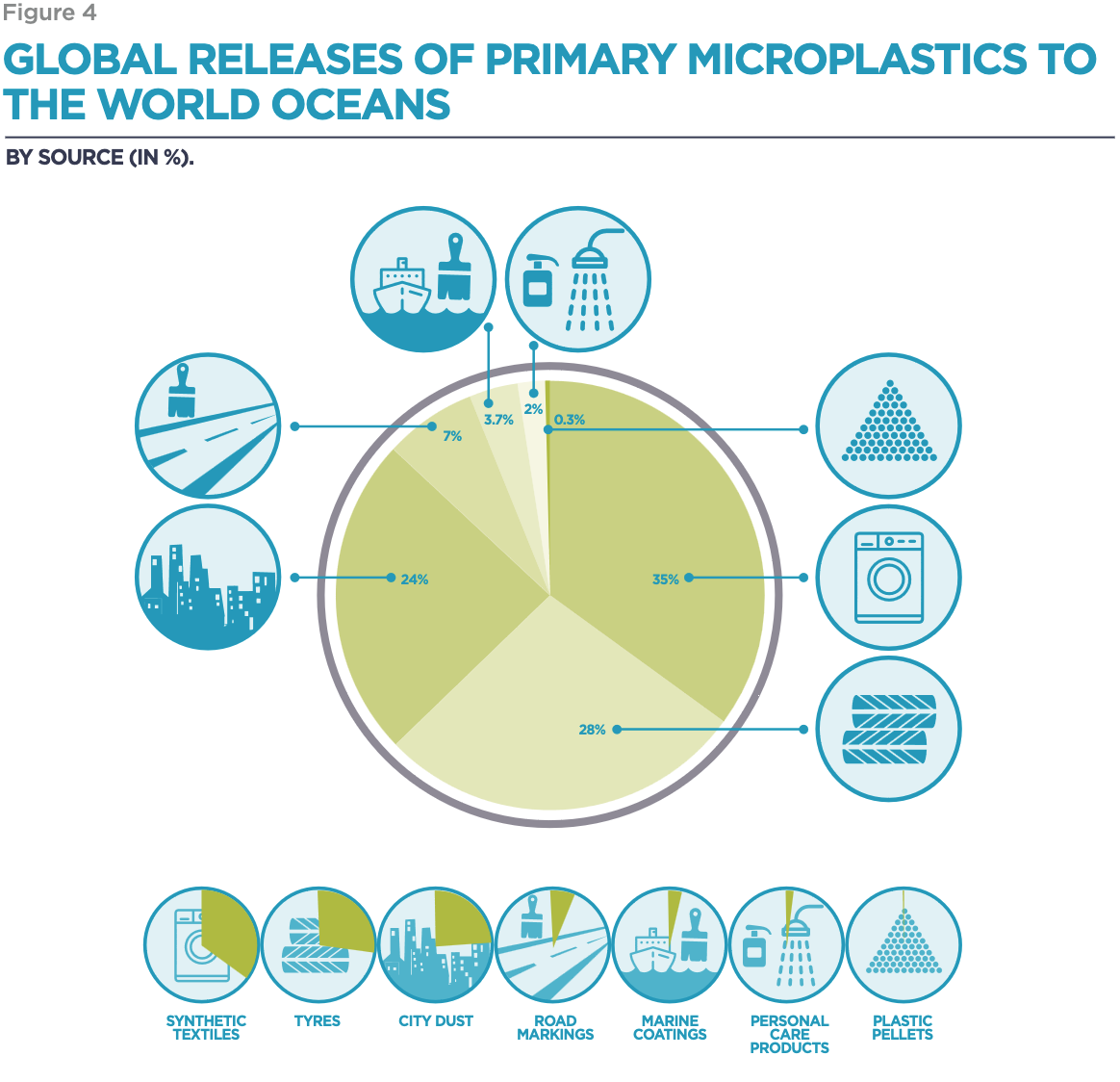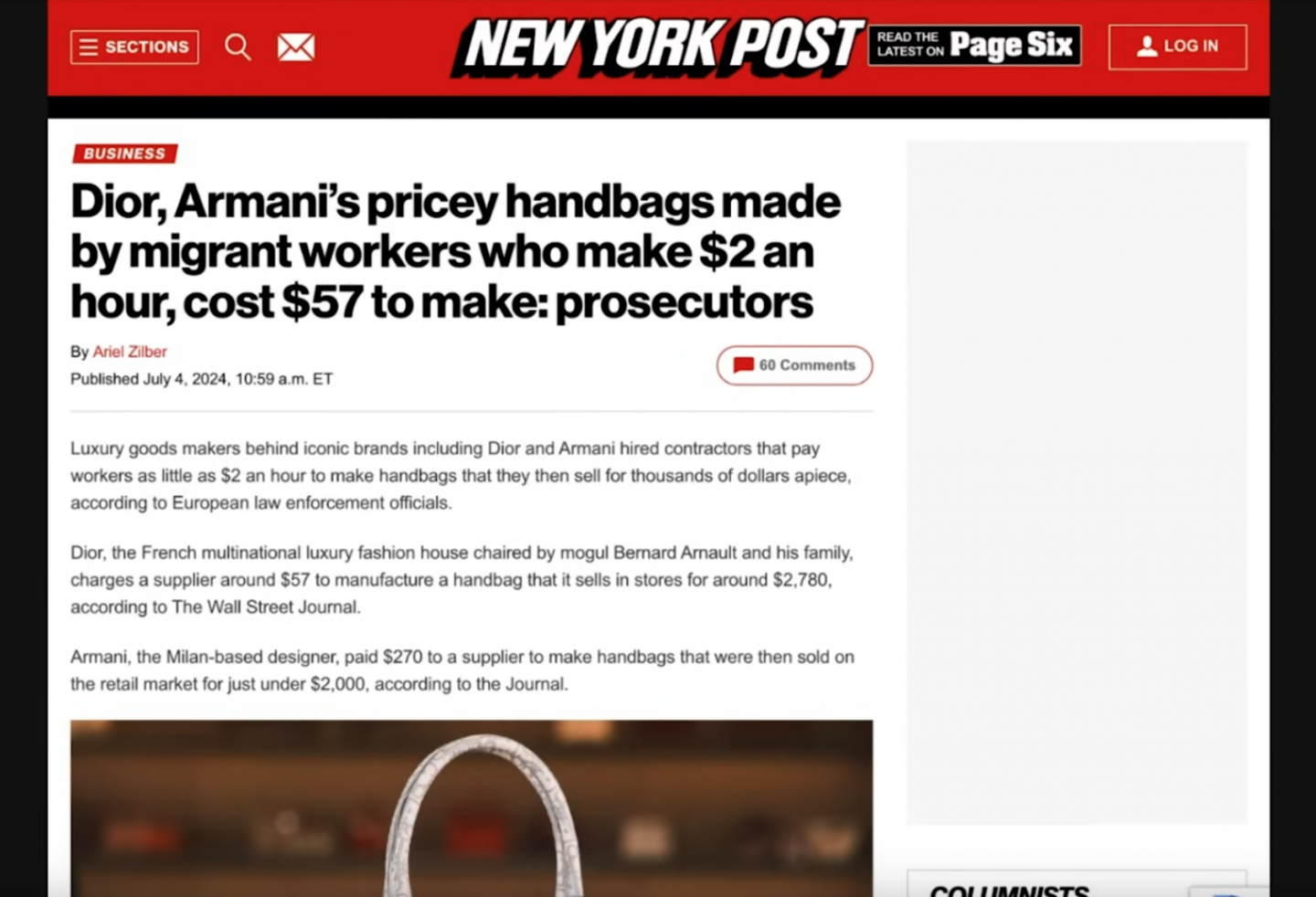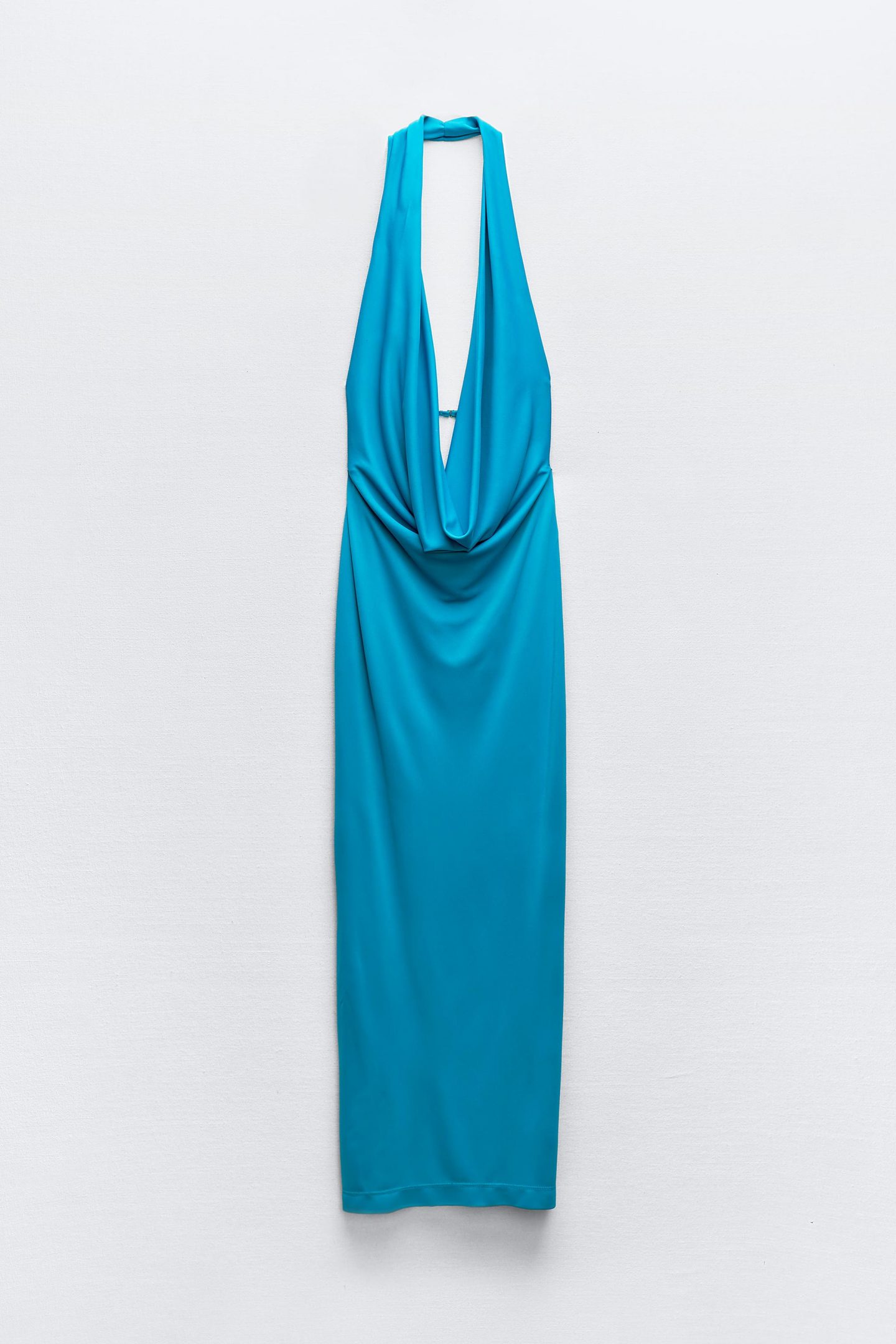
In this blog post I am diving into the world of Zara – a global fashion powerhouse known for its rapid international growth and trendsetting styles. But behind the stylish clothing and sleek stores, how sustainable is Zara really? Today I am going to be exploring their business practices, marketing strategies, and the essence of fast fashion. Let’s spill this tea and get this started…
1. Zara Suppliers and Zara’s Global Supply Chain
First, let’s talk about Zara’s global supply chain. Zara’s approach to fast fashion has led to several unsustainable practises that set it apart from its competitors. For instance, Zara uses a vertically integrated supply chain that allows the company to control every aspect of production and distribution, from design to retail. However this does not include (at the very early stages of this business model) is fabric manufacturing (yarn spinning and fabric weaving). Their approach relies heavily on proximity manufacturing, with a substantial percentage of production taking place in Spain, Portugal, and Morocco. This includes 17 subsidiaries in Spain by the 2000s onwards. However from approx 2006 to 2007, they have used offshore garment production facilities in locations including Brazil, Argentina, Malaysia, Vietnam and Turkiye.
Inditex, the parent company of Zara has substantial manufacturing operations in Bangladesh, with 150 suppliers and 273 sewing factories, employing nearly a million workers. The ready-made garment industry is crucial to Bangladesh’s economy, accounting for approximately 83% of the country’s total earnings to meet with their growing worldwide demand. This allows Zara to respond quickly to changing fashion trends, bringing new designs from the drawing board to store shelves in just a few weeks. However this speed comes at a cost, often pushing suppliers to meet tight deadlines. This has been widely reported in the media over the years, with Zara being outed for their controversial business practises, and often being accused of compromising on labour conditions and wages.
Fast fashion drove Bangladesh – BBC News
Lidl, Zara’s owner, H&M and Next ‘paid Bangladesh suppliers less than production cost’
Summary
Zara operates on a unique supply chain model, often cited as one of the most efficient in the fashion industry. Unlike many competitors, Zara owns a significant portion of its supply chain, which includes design, production, and distribution.
2. Zara’s Market Selection and Growth
Next, let’s look at Zara’s market selection and growth. Zara’s expansion strategy focuses on entering key fashion-forward cities worldwide. They strategically open flagship stores in prime locations, creating a strong brand presence and visibility.
• Earlier in 2022, a flagship store of the new strategy was opened in Zara’s home country, Spain, with a total area of 7,700 sqm and 3,815 sqm of retail space (the area of their largest flagship store is LARGER than the total area of a football pitch, with it’s length of 103.5m x width of 71.5m gives 7398.25 sqm…)
• Zara has opened a large 9,000 sqm Rotterdam store in the Netherlands
• It has also recently doubled the size of stores near the Hotel de Ville in Paris and in Miami’s Dadeland area.
Zara’s market selection is data-driven, utilising customer feedback and sales data to identify and respond to market demands swiftly. This agility has led to rapid international growth, with Zara now operating over 2,000 fashion stores and over 500 homeware stores in 96 countries. However, rapid expansion often leads to sustainability challenges, which brings me onto my next point…
Zara profits buoyed by UK sales surge | Business | The Guardian
Fashion brand Zara accused of copying LA artist’s designs
Summary
Zara’s expansion strategy focuses on opening flagship stores in key fashion cities globally, including major locations in Spain, Rotterdam, Paris, and Miami. Utilizing a data-driven approach, Zara swiftly responds to market demands, contributing to its growth. With over 2,500 stores in 96 countries, rapid expansion presents sustainability challenges…
3. Zara’s Sustainability Strategy
Sustainability is a hot topic in the fashion industry, and Zara has made some efforts to address this. They’ve introduced initiatives like the Join Life collection, which focuses on using sustainable materials and reducing environmental impact. Zara has also set ambitious goals to become more sustainable, such as using 100% sustainable cotton, linen and polyester by 2025, and achieving zero landfill waste. But inaction is also embedded in competition. Most of the industry’s impact takes place in mills and factories where multiple and different brands have outsourced production and share capacity with their competitors. This creates a free rider problem. Why, after all, should one brand work to decarbonise its own supplier operations when their investment will also benefit a competitor’s who did not contribute? After all, policy can transform the free rider problem and lift the collective floor for the industry. Just as companies are unlikely to voluntarily switch the way they operate, why would they advocate for policies that will make their operations more clunky and costly?
Despite these efforts, critics argue that these initiatives are overshadowed by the sheer volume of production and the fast fashion model, which inherently promotes overconsumption and waste. These larger fast fashion stores, ranging from 7,000 to 9,000 sqm, contribute significantly to higher carbon emissions and a larger carbon footprint. The size of these brick-and-mortar stores obviously have their shop floor and stock rooms to maintain and are likely to also include staff rooms, security and backroom offices etc – all of these indoor spaces demand extensive energy use for lighting, heating and cooling. These retail spaces therefore increase their environmental impact. Additionally, fast fashion’s rapid production cycles and global supply chains result in the use of logistics – import and export, deliveries, e-commerce, click-and-collect services, home and store delivery, returns, exchanges – all of these changes and expansion of the operational service model.
Further manufacturing, additional storage, more logistics etc contribute to the global carbon emissions problem…
Summary
Zara has introduced sustainable initiatives like the Join Life collection and aims to use 100% sustainable materials by 2025. However, critics argue that the fast fashion model, which promotes overproduction and overconsumption, undermines these efforts. Large store sizes, rapid production cycles, and global logistics contribute significantly to carbon emissions and environmental impact.
4. Materials, Production, Manufacturing, Laundering – Contribution to Microplastics
Now, let’s delve into the materials, production, and manufacturing processes. Zara’s rapid production cycle often relies on cheaper, synthetic fabrics like polyester. These materials are not only less durable but also contribute to the release of microplastics. marine life. The use of synthetic fibers in fast fashion significantly contributes to this issue, making it a major environmental concern. While Zara has taken steps to use more sustainable materials, the predominant use of synthetics remains problematic.

Fast fashion: How clothes are linked to climate change | BBC News
Summary
Zara’s use of synthetic materials like polyester contributes to microplastic pollution, despite efforts for sustainability.
5. The Essence of Fast Fashion
At the heart of Zara’s business model is the concept of fast fashion. This model is based on quickly replicating runway trends and mass-producing them at affordable prices. Zara’s ability to produce new collections rapidly keeps customers coming back frequently to check for the latest styles. Alex Crumbie of the campaign group Ethical Consumer said imitation “seems at the centre of super-fast fashion”, adding: “These brands typically reproduce fashion seen elsewhere and turn it around in a week. Copying designs decreases the lead time”. However, the essence of fast fashion promotes a culture of hyper-consumerism and disposable clothing, leading to excessive waste and environmental degradation. The constant turnover of styles encourages consumers to buy more and discard quickly, fueling the cycle of overproduction and waste.
Fashion brand Zara accused of copying LA artist’s designs
Fast fashion drove Bangladesh – troubled economy needs more | BBC News
Summary
Zara’s fast fashion model focuses on rapidly replicating runway trends and mass-producing them at affordable prices. This strategy encourages frequent consumer visits and fast turnover of styles. However, it promotes hyper-consumerism, leading to excessive waste, environmental degradation, and a cycle of overproduction driven by disposable clothing.
6. Pricing and Ethics
Zara’s pricing strategy plays a crucial role in its success. By offering trendy clothing at relatively affordable prices, Zara attracts a broad customer base. However, this pricing model raises ethical concerns. To keep prices low, Zara often relies on labour-intensive production methods in countries with lower labour costs. This can lead to poor working conditions, low wages, and exploitation of workers. Ethical considerations are increasingly influencing consumer choices, putting pressure on companies like Zara to improve labour practices and ensure fair treatment of workers throughout their supply chain. Instead of spending money on traditional adverts, the company invests heavily in the location and appearance of its stores. Zara pays high rents to secure prime locations in luxurious buildings, often alongside big brands like Armani, Gucci, and Louis Vuitton.
Summary
Zara’s low pricing relies on cheap labor, raising ethical concerns. They focus on prime store locations instead of traditional ads.

Fashion Roadman – How Dior Selling $57 Bags For $2800 Exposes The Luxury Industry
7. E-Commerce, Retail and Global Expansion
Lastly, let’s discuss Zara’s e-commerce and retail strategies. Zara has embraced e-commerce, offering a seamless online shopping experience that complements their physical stores. This omnichannel approach has allowed Zara to reach a wider audience and adapt to changing consumer behaviours.
Zara’s global expansion strategy continues to focus on opening new stores in high-traffic areas while enhancing their online presence. This dual approach ensures that Zara remains accessible and relevant in an increasingly digital world. Zara has achieved significant market growth without relying on celebrity endorsements, large runway shows or billboard advertising. By closely monitoring runway trends and customer preferences, Zara quickly produces affordable, trendy clothing that attracts consumers without the need for high-profile celebrity collaborations or endorsements.
Summary
Zara’s e-commerce and retail strategies combine online shopping with physical stores, allowing global expansion and market growth. Their focus on trends and customer preferences, without relying on celebrity endorsements or traditional ads, helps them remain relevant in a digital world while maintaining affordability and accessibility.

Zara’s success is largely driven by its ability to frequently refresh its collections, offering new items in-store and online every few weeks. This fast turnaround keeps customers engaged and returning for the latest styles, allowing Zara to achieve strong market growth without the traditional reliance on celebrity partnerships. The brand keeps a close watch on how fashion is changing and evolving every day across the world. Based on latest styles and trends, it creates new designs and puts them into stores in a week or two. In stark comparison, most other fashion brands would take close to six months to get new designs and collections into the market.
Summary
This customer-centric, fast fashion model keeps consumers engaged and returning frequently, driving growth through word-of-mouth, digital presence, and the appeal of quick fashion cycles.

Conclusion
This customer-centric, fast fashion Zara’s success as a fast fashion giant is undeniable. Their innovative supply chain and marketing strategies have fuelled rapid growth and global reach. However, this success comes with significant sustainability and ethical challenges. As consumers, it’s crucial to be aware of the impact of our fashion choices and support brands that prioritise sustainability and ethical practices.



